Sewage Backup Cleanup Myths: What You Should Know Before Cleanup
Sewage backup cleanup is one of the most stressful and hazardous issues a property owner can face. Yet despite the risks, many homeowners still underestimate the seriousness of this problem—often due to common myths and misconceptions. At First Responders Restoration (FRR), we specialize in Sewage Clean Up, Water Damage Restoration, and Commercial Restoration Services, and we’ve seen the long-term damage that can result from a delayed or mishandled cleanup.
This blog is here to bust the most harmful sewage backup cleanup myths, explain what you really need to know before tackling a cleanup, and show you how to protect your property and health. Whether you own a home or manage a business, these insights will help you act wisely and quickly when the unexpected happens.
What You Should Know Before Cleanup
How to Respond to a Sewage Backup—The Right Way
Evacuate the Area: Keeps people and pets away from hazardous materials.
Avoid Contact: Prevents exposure to biohazards.
Shut Off Utilities: Prevents electrical or fire hazards in flooded areas.
Call Professionals: Fast response prevents further damage and health issues. Search for sewage backup cleanup near me or sewer cleanup services near me to find emergency help.
Why Choose First Responders Restoration?
Immediate Response: Rapid deployment limits spread and damage.
Advanced Equipment: Industrial-grade tech ensures thorough cleanup.
Certified Team: IICRC-trained staff ensure health and safety standards are met.
Insurance Help: FRR assists with claims to ease stress.
Odor Elimination: Specialized deodorization removes long-term smells.
Don’t Let Myths Cost You Your Health or Home
Ignoring the facts about sewage backup cleanup can lead to long-term property damage, serious health risks, and costly repairs. Armed with the right knowledge—and backed by a professional team like First Responders Restoration—you can act quickly and confidently when the unexpected strikes.
Take Action Now
Schedule a Free Damage Assessment
Call FRR Anytime: 24/7 Emergency Response
Proudly Serving St. Louis, Columbia, Chesterfield, and surrounding areas in Missouri.

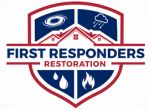
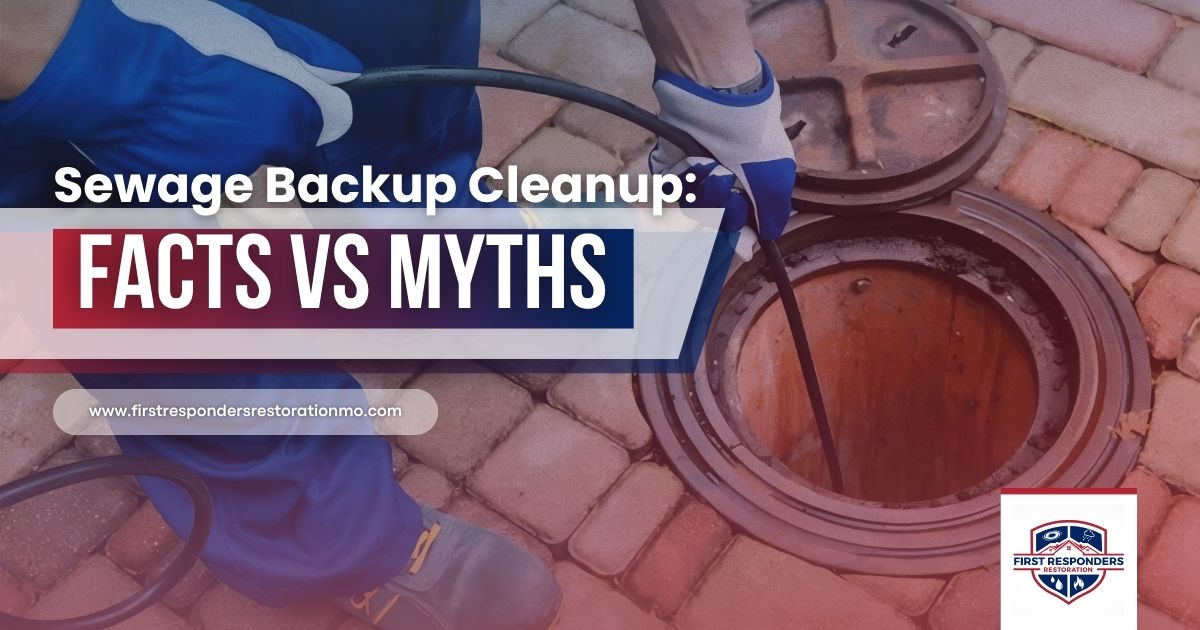
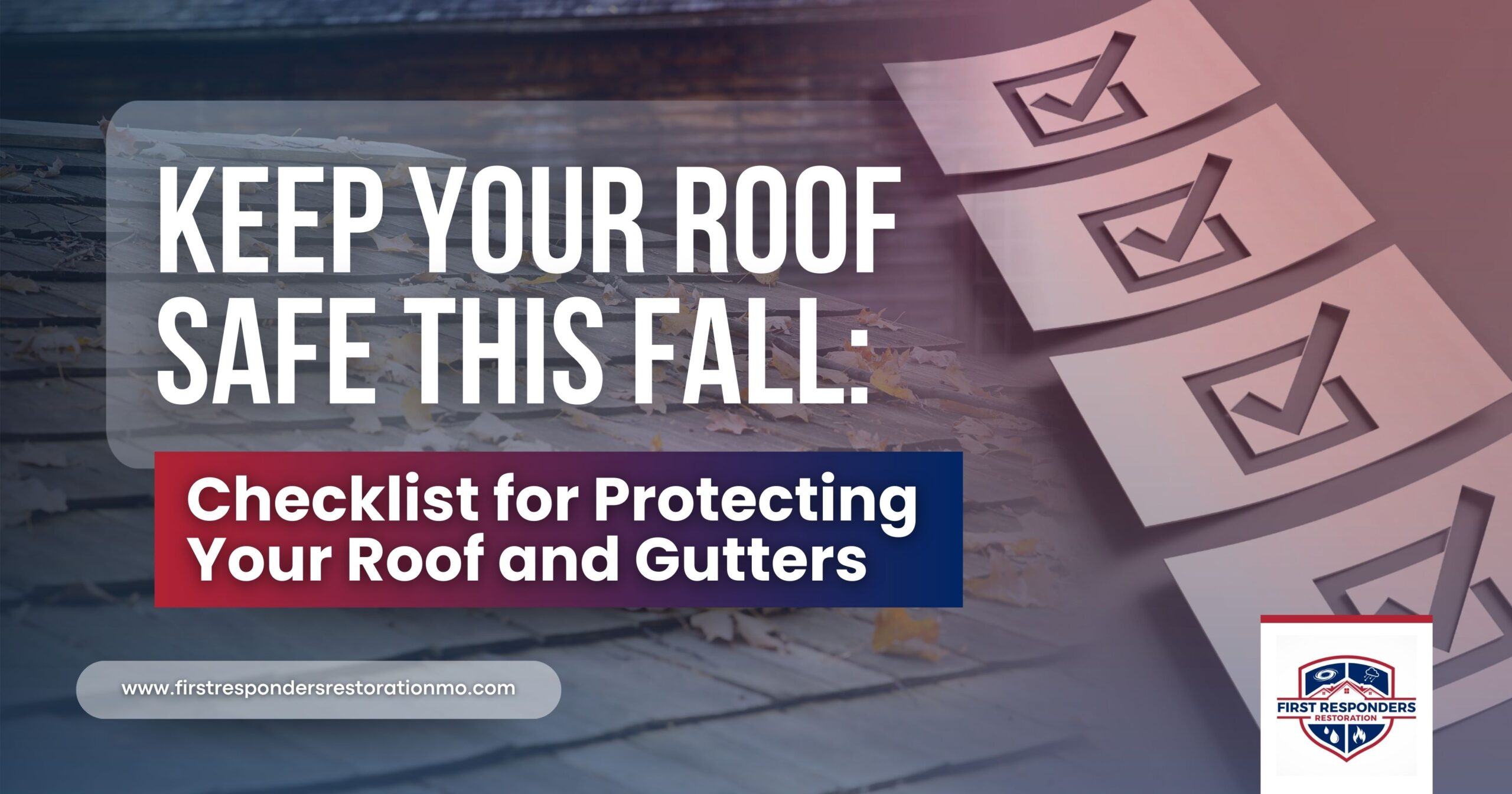
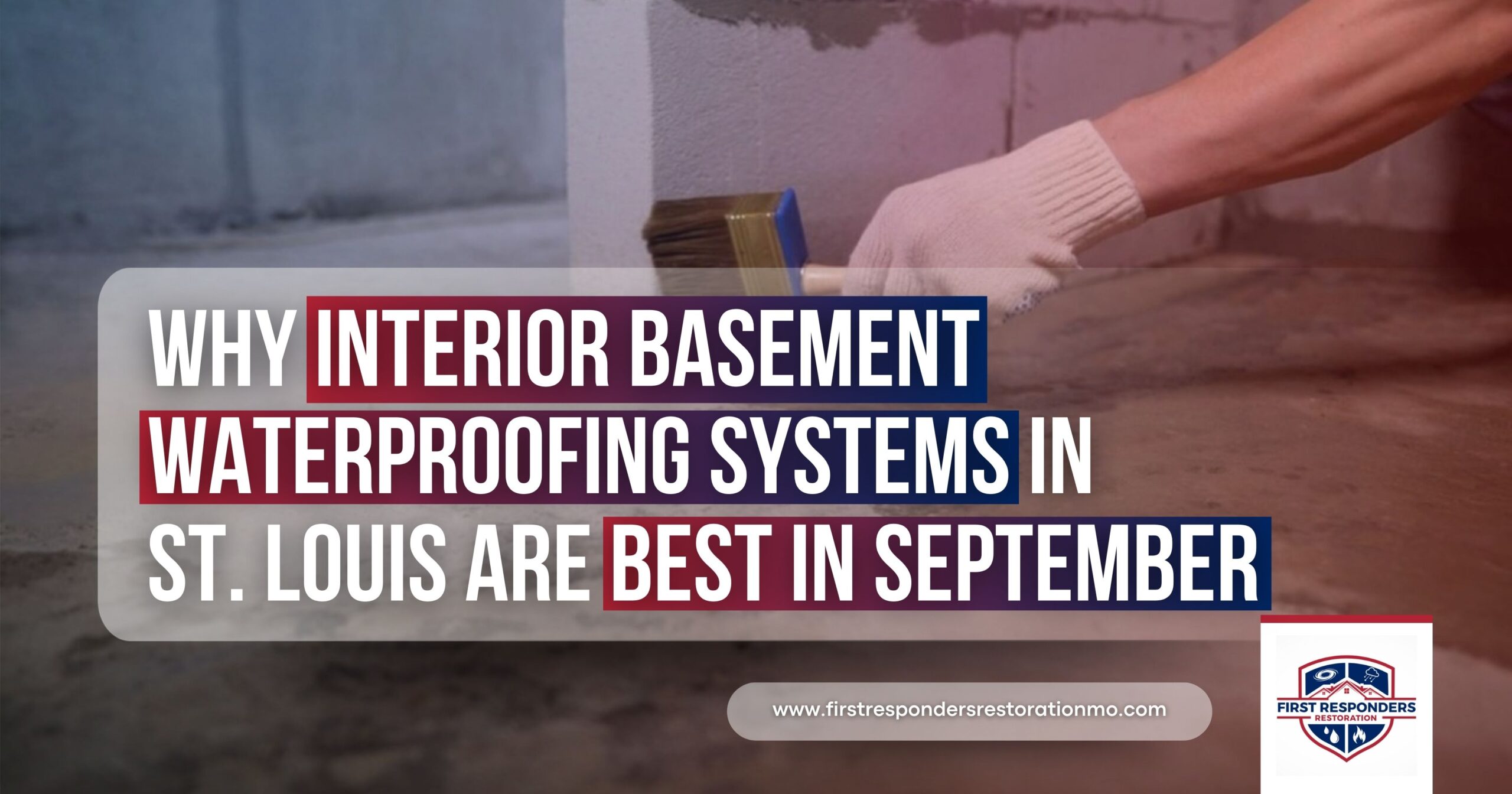

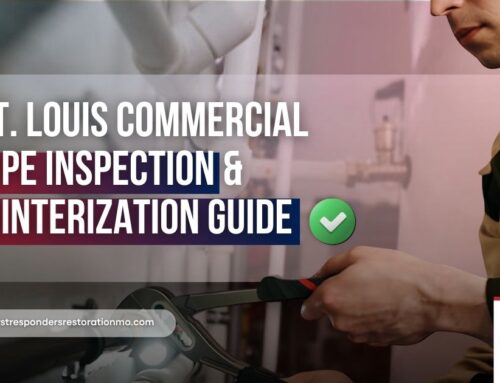

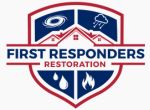
Leave A Comment